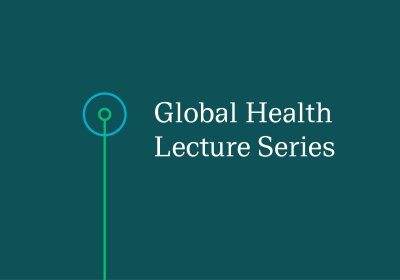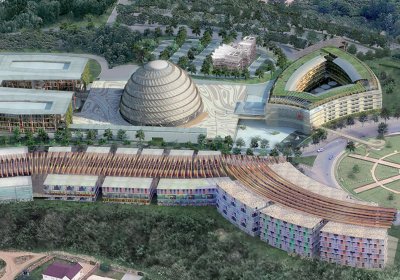Maximising the impact of long-acting artemisinin-based combination therapies
Matt Cairns will present a seminar on the impact of long-acting drugs
Long-acting artemisinin-based combination therapies (LACTs) such as dihydroartemisinin-piperaquine (DP) provide a longer period of post-treatment prophylaxis than other widely used but shorter-acting ACTs.
When used routinely for case management, the prophylactic effect of LACTs will be more important in certain epidemiological situations than in others. However, deployment of these drugs is not currently rationalized to exploit this benefit to its full potential.
Work from two recent papers will be presented (Cairns et al. 2015, Okell et al. 2014). These analyses address this question from different perspectives. The first paper uses data from clinical trials/observational studies, and a mathematical model, to investigate the role of seasonality and transmission intensity as the underlying epidemiological drivers of the impact of LACTs.
The second paper combines pharmacokinetic and pharmacodynamic models, clinical trial data, data on costs and a mathematical model to consider the cost-effectiveness of DP as an alternative to artemether-lumefantrine (AL). Both analyses indicate that the potential impact from LACTs such as DP is greatest in areas with highly seasonal transmission and high malaria transmission intensity. A locally optimised treatment policy can be a highly cost-effective means to reduce the malaria burden.
Admission



